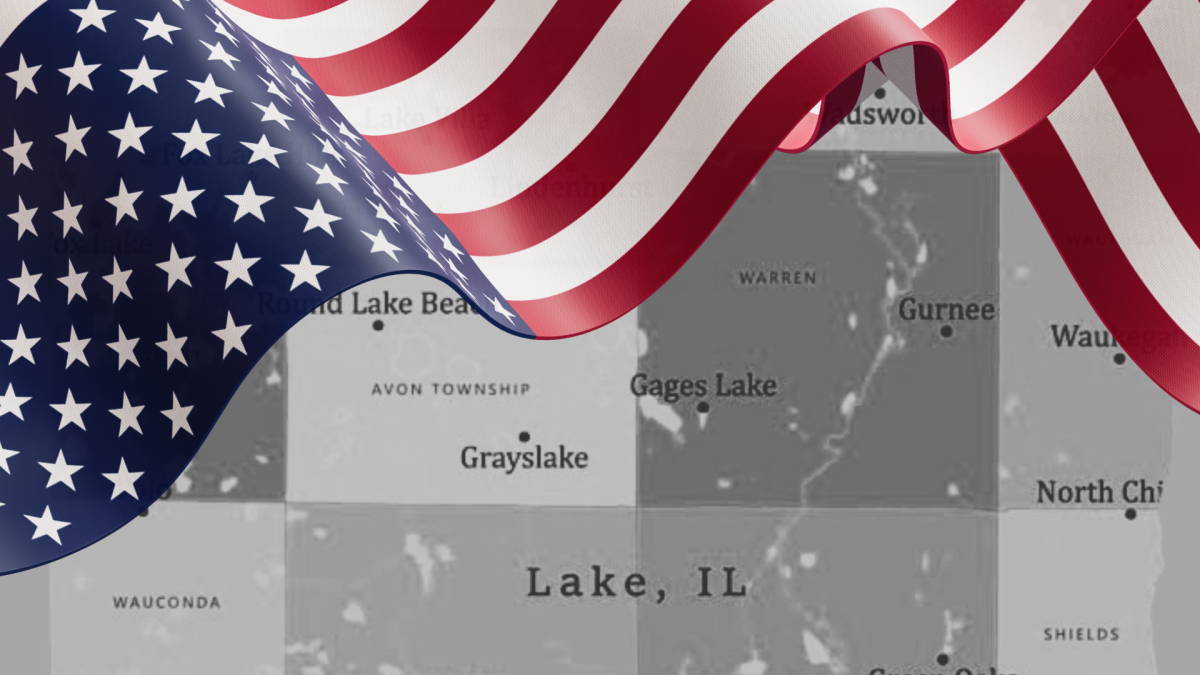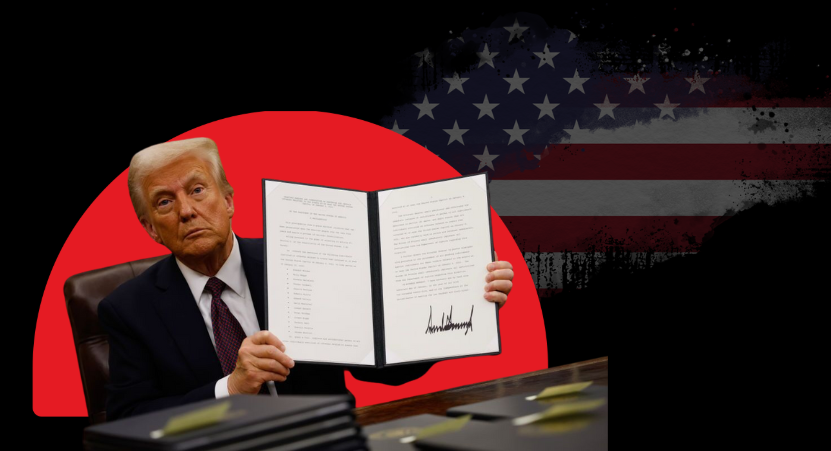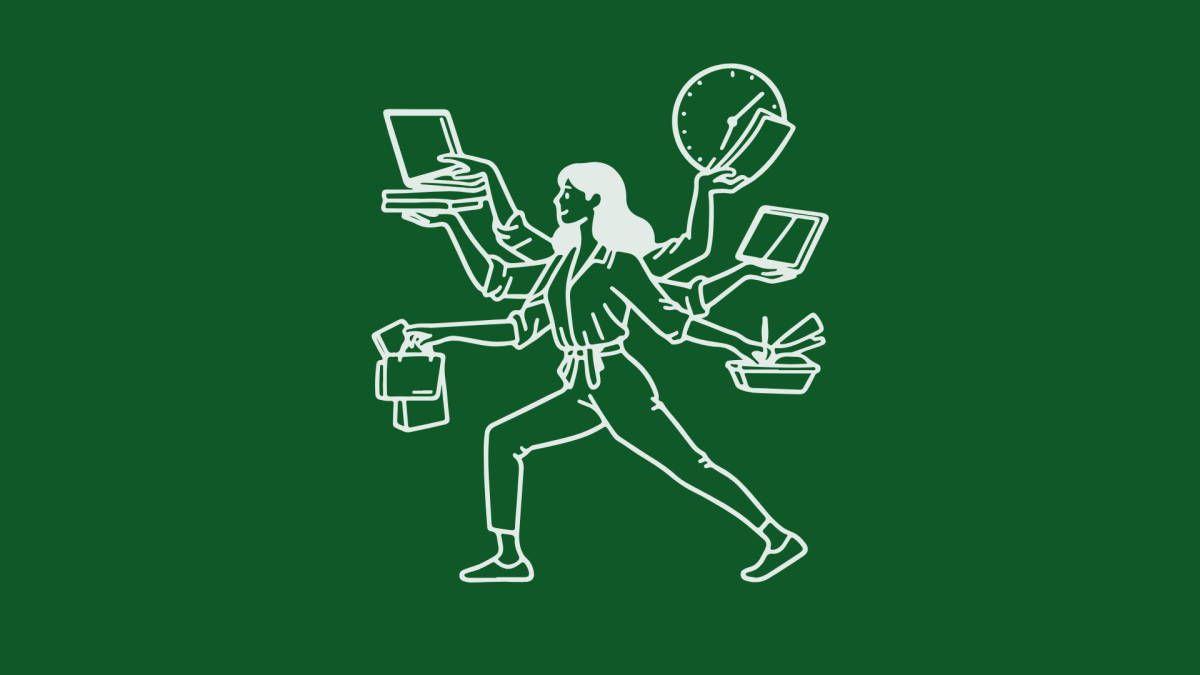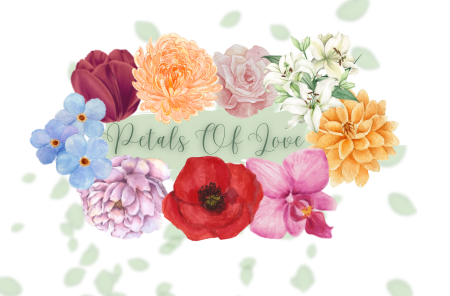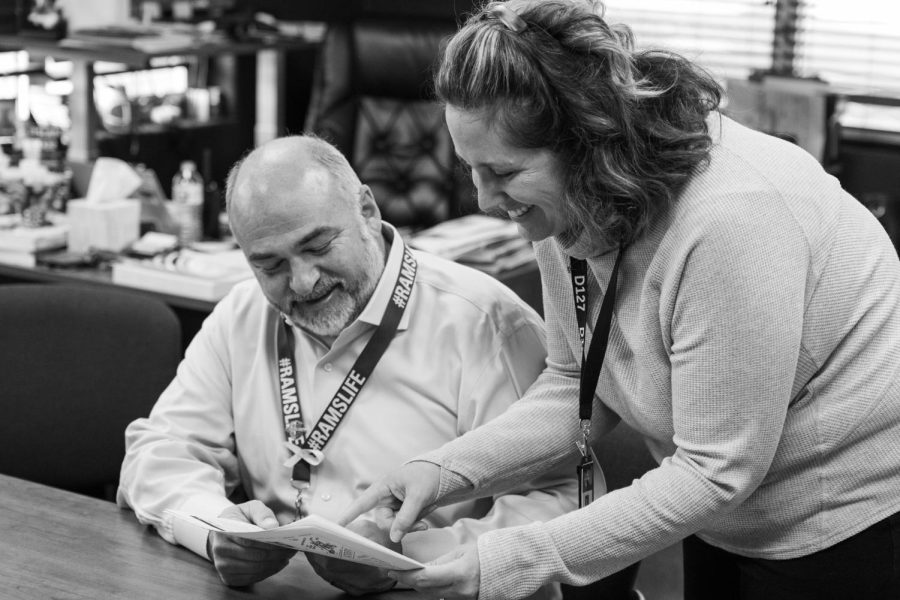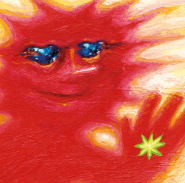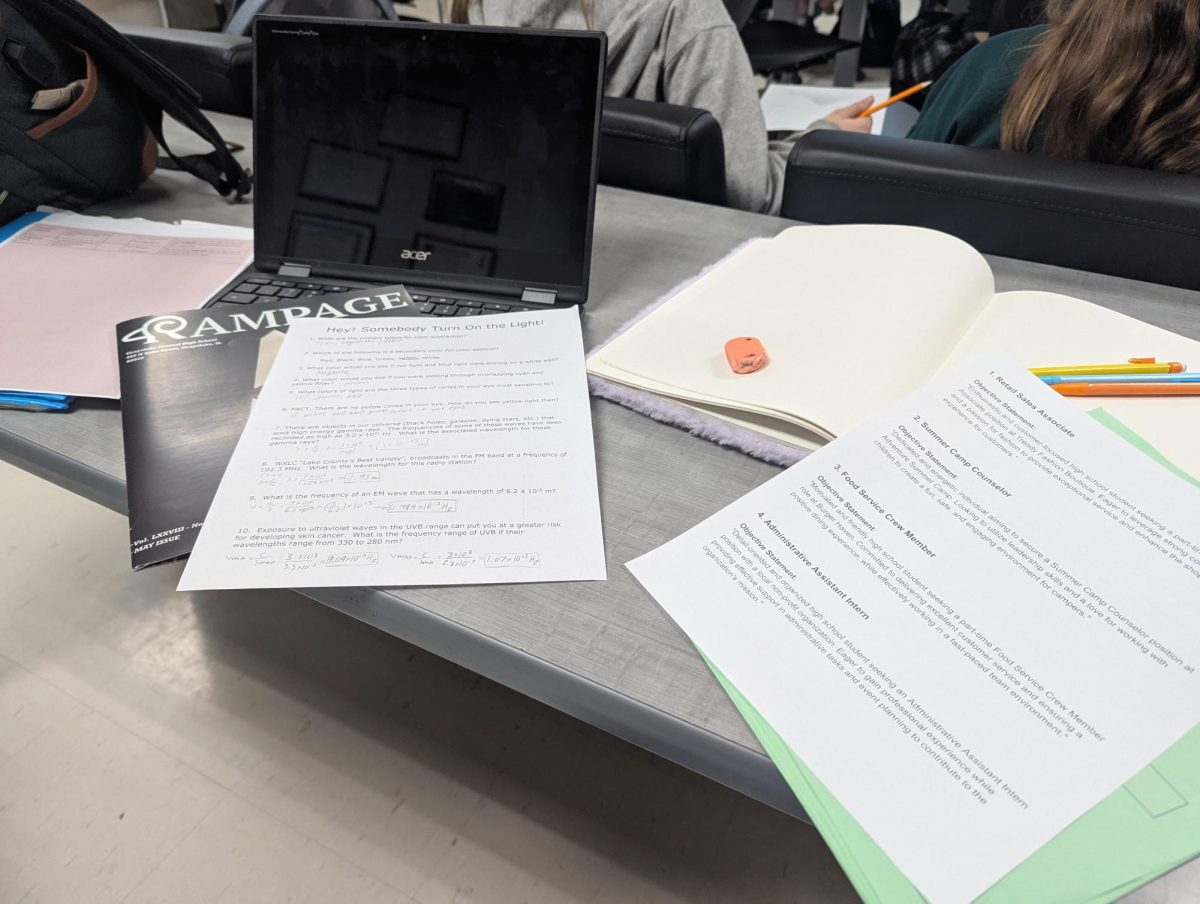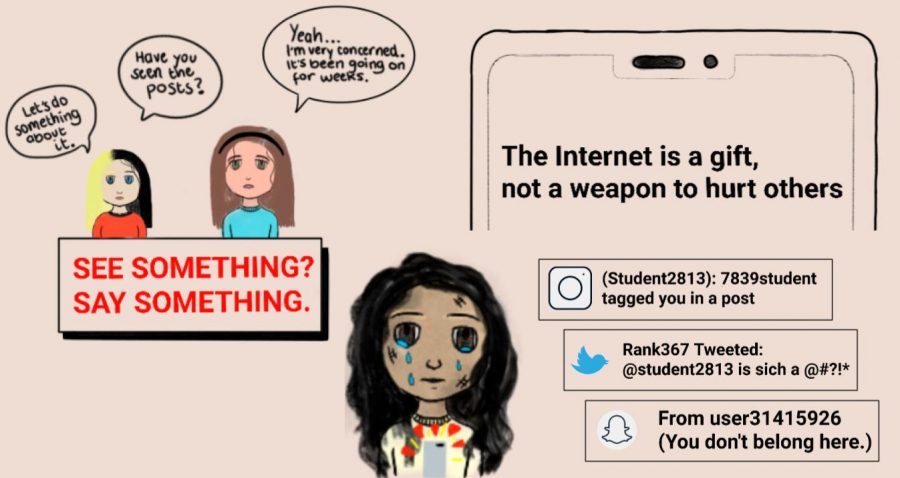Protests in Iran Spike in Favor of Women’s Rights
In Iran, women have been mistreated for many years. Recently, more lights are shining on their demand for equal rights.
November 30, 2022
On Sep. 13, 2022, 22-year-old Iranian woman Mahsa Amini was arrested by the Iranian Guidance Patrol, colloquially known as the “morality police.” Three days later, on Sep. 16, she was pronounced dead due to “unexpected reasons,” phrased specifically as a heart attack by the Iranian police. Suspicion was raised when Amini’s family said that she was in good health when she was arrested, leading many to suspect she was killed while in custody. The death of Mahsa Amini has now led to a major movement in protest of women’s’ oppression in Iran. Amini was arrested because she was “dressed inappropriately,” which means she wasn’t wearing her hijab properly. In Iran, and other parts of the Middle East, women are required to wear a headscarf at all times when in the presence of an unfamiliar man. Women are required to shield every part of their body besides their faces in Iran, a law created after the Islamic revolution in 1979 and enforced in 1983. In recent times, especially in the weeks following Amini’s death, many women in Iran have been protesting by cutting their hair and burning their hijabs, stating that the required attire is a “symbol of oppression.” “What you see is people who are fed up with a regime,” Mahmood Amiry-Moghaddam, Director of the NGO, Iran Human Rights, told TIME magazine. “Not only do they take away people’s civil and political rights, but they also interfere in people’s most private aspects of life, like what you wear.” The women’s rights movement in Iran is nothing new, but following the death of Mahsa Amini, people have been louder than ever before about it, with protestors everywhere from the United States to the United Kingdom to Iran itself. “People want democracy; women insist on equality; a vast majority of people want a normal government at peace with the world; they want independence for a prosperous Iran,” says Abbas Milani, the director of the Hamid and Christina Moghadam Program in Iranian Studies in the School of Humanities and Sciences in an interview with Stanford News.


